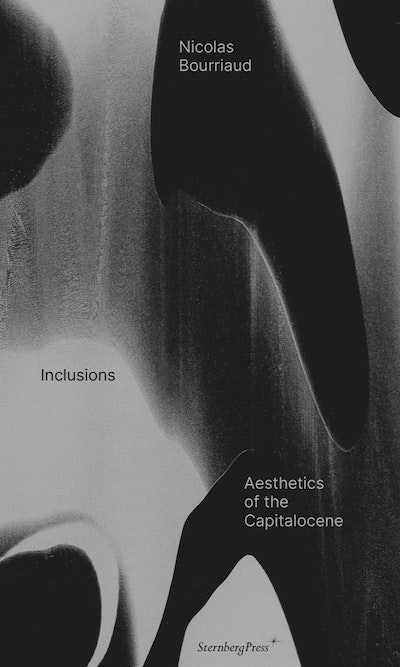Books by Nicolas Bourriaud
Relational Aesthetics
A new translation, with a new foreword, of Nicolas Bourriaud's landmark 1998 work of art theory.
Inclusions
A proposal that artists are the anthropologists of our new era or ecological crisis.

